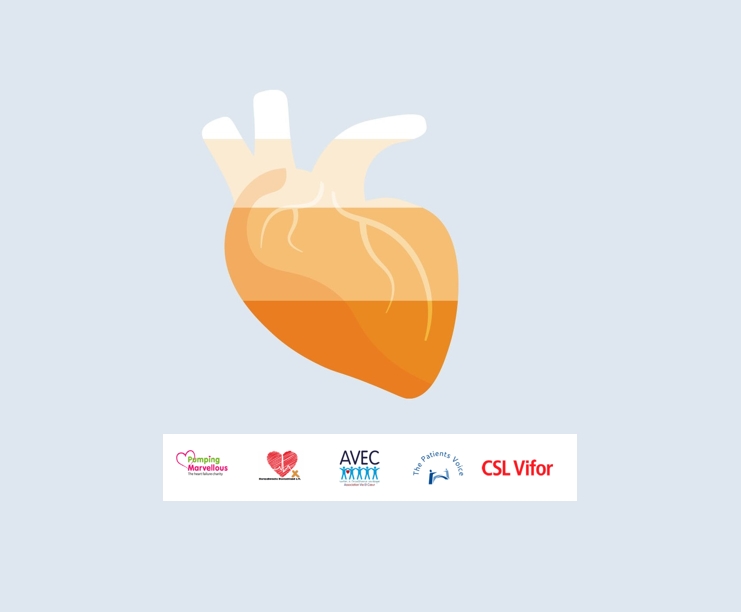Care process integration as a crucial foundation
Defining and measuring care outcomes is seen as the most important first step for Value-Based Healthcare (VBHC). However, there is a much more fundamental building block that does not receive enough exposure in the current discussion on VBHC, and that is care process integration. This can take place inside a hospital in the form of patient pathways and central formation. It can also take place when primary care is involved as well as in the case of non-professional caregivers who alert medical professionals to possible health issues; here, we talk of care cycles.
Why is care process integration fundamental and therefore so important? While receiving care, patients are in contact with many different caregivers and organizations. Collaboration between these parties is not always as effective as it could be. In the worst-case scenario, there is even the possibility of miscommunications, duplication, and conflicts of interest. Genuine patient orientation requires more and better collaboration.
Integrated care process offers major benefits
In our view, there are four crucial elements that are realized through care process integration and VBHC (in or outside the hospital), each of which has significant benefits.
- Having an integrated care process makes care more effective. Better communications and a clearer division of tasks and roles prevent duplication and waste. In addition, cost-based management encourages the care cycle to minimize overtreatment and undertreatment.
- Greater integration and agreements on outcome indicators lead to greater clarity and transparency. This reduces the registration burden and ensures that measured outcomes are more mutually consistent.
- Defining common interests and goals means that areas of conflict are eliminated. Consequently, every caregiver involved is working towards the same result. Everyone benefits from better patient outcomes, and there is an incentive for continuous improvement.
- An integrated care process offers the opportunity to integrate and standardize systems. This means that new technological solutions that can help improve patient outcomes and reduce costs can be adopted more quickly. Examples that come to mind are telemetric solutions in people’s homes for better follow-up care and quicker discharges from hospital.
Integration of care process is a necessity
The pressures on the healthcare system are considerable. There are doubts about how it can be maintained in the long term. This is especially the case in view of the ageing population and the baby-boom generation, who will be aged between 60 and 80 years in ten years’ time.
There is an increasing conflict between the affordability of care and the provision of good-quality care. Care process integration and VBHC offer a solution to this. Care process integration and VBHC will help us to continue to offer good-quality care while making it possible to better manage the costs. This is especially the case if we link it to performance budgets instead of to volume agreements. We will now have to take this positive step.
Integration of care process is not simple
Care process integration is a difficult road. Current roles in the care sector have conflicting interests and are self-perpetuating. This inhibits integration. It is therefore important that the ‘losers’ in this type of integration process also benefit from the overall gains – that is, the better result achieved through the whole care process should be better for everyone.
There are currently some hospitals whose organizations are becoming unbalanced because their departments are based around clinical pictures and patient pathways. This is inevitably leading to discussions and conflicts in these organizations. The challenge is increased when primary care and non-professional caregivers are added to the care cycle. At that point, we have to deal with different interests that may even extend beyond the organization in question.
In short, there is more to VBHC than defining and measuring outcomes. In VBHC, we view care process integration as a fundamental and important route towards better and more affordable care that is delivered in a future-proof way. Let us take on this challenge together! Of course, the question is: “How do we tackle this? What is the first step?”
Read our blog about the care cycle owner as an important role to be fulfilled in the process towards better care and VBHC.


